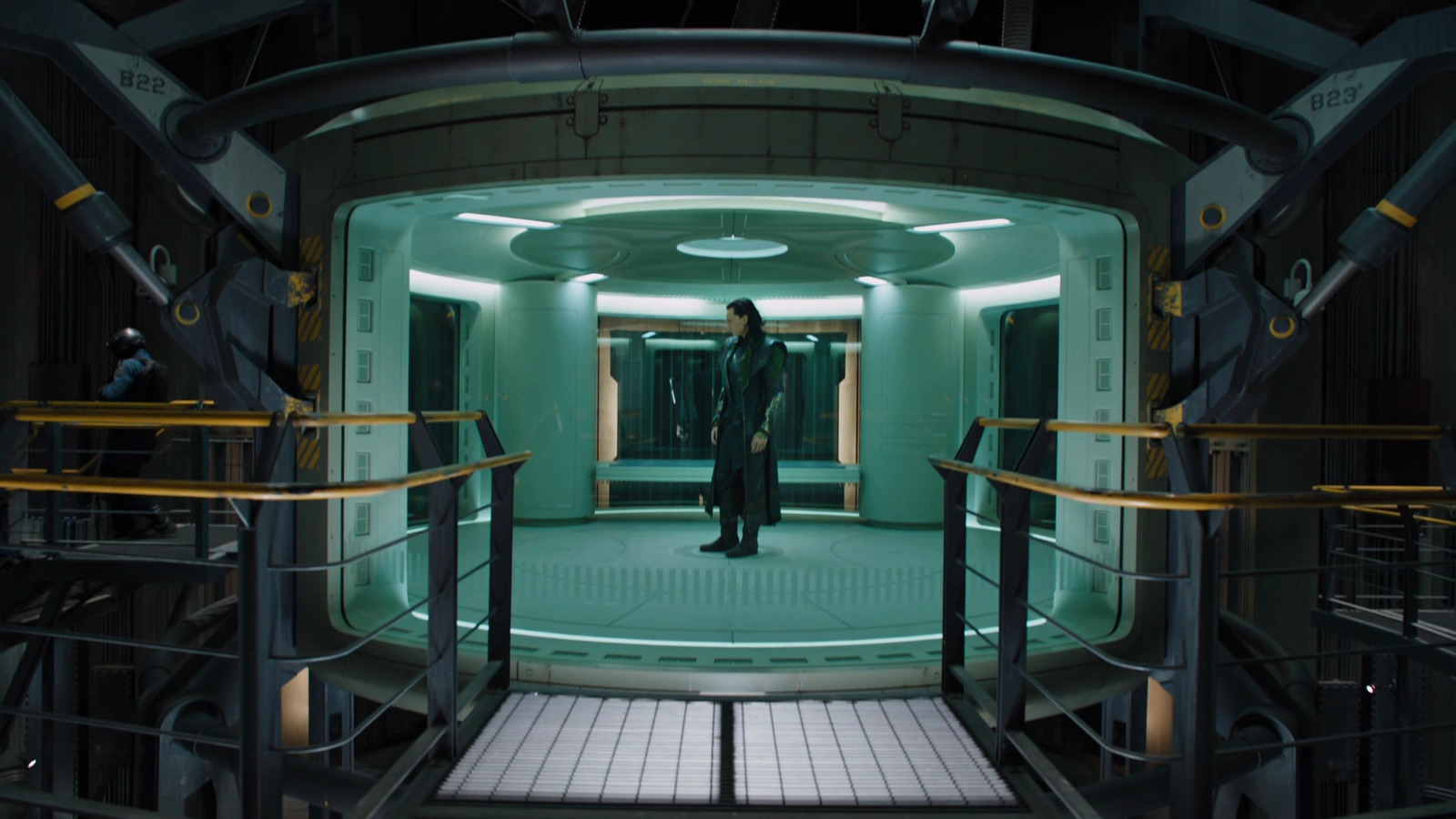
In the Ultimate Marvel universe, Bruce Banner didn’t become the Hulk because he was exposed to a “Gamma Bomb” blast. Rather, he was trying to recreate the super soldier serum that made Steve Rogers into Captain America. When he tested it on himself, cue the Jolly Green Giant. (The MCU aped this origin for the Hulk too, but didn’t spend much time on it.)
Banner’s initial Hulk episode is a one-off; the serum gradually dissipates from his body and that’s that. That is, until Nick Fury hires him to restart the project, hoping to get some super soldiers on his new superhero team. Once SHIELD finds the frozen Captain America, Banner’s scientific job becomes redundant. None of his colleagues particularly like Banner and he’s constantly emasculated by Betty Ross, his ex-girlfriend and the Ultimates’ PR flack. So, in issue #4, he takes a new Hulk serum, telling himself he can help his “friends” by giving them a villain to fight. As he admits, the real reason he did it is because he “missed being big.” Cue the Hulk transforming in the middle of Manhattan, tearing through the city and killing 800+ people. This time, the Hulk serum bonds to Banner’s cells; since he can transform any time he gets angry, SHIELD pumps him full of sedatives and locks him in the Triskelion.
The playful, kindhearted (but admittedly “always angry”) Bruce Banner played by Mark Ruffalo in the MCU couldn’t be further from the one in “The Ultimates.” That Bruce is pretty much an incel, down to violently exploding in public, and the anger boiling beneath his skin is shown in a much creepier light. (Though, in some less enlightened writing, Millar also portrays Betty as being a lot more turned on by Bruce once he “mans up” as the Hulk; she even requests a conjugal visit in the Hulk’s glass cell.)